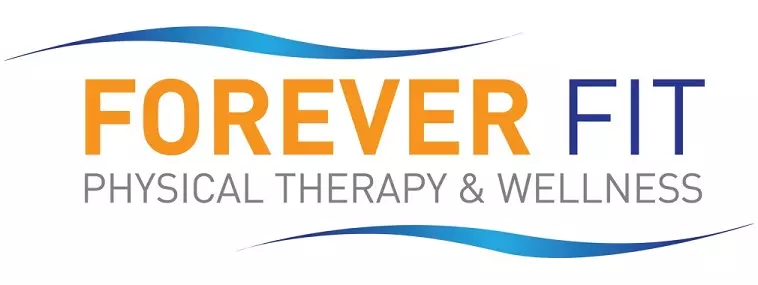Your body goes through many changes as you age. Your hair can slowly turn gray, you can develop wrinkles from the smiling you do every day and your metabolism can slow down. It’s also common to move a bit slower due to the weakening of your bones, muscles and joints.
Your joints have a huge responsibility in your everyday activities, as it’s impossible to walk, sit and move your arms without full joint mobility. That’s why arthritis pain can have such a large impact on your overall quality of life as you get older. More than 32 million adults in the U.S. are affected by degenerative arthritis, also known as osteoarthritis.
Degenerative arthritis refers to the cartilage of the joints breaking down over time, affecting the structure of the bones. Cartilage is the tissue at the end of the joint bone to reduce friction between joints during movement. We’ll talk about the causes and symptoms of this condition as well as how physical therapy can help.
Causes (and risk factors) of degenerative arthritis
Degenerative arthritis, or osteoarthritis, is often referred to as “wear-and-tear” arthritis. It’s also the most common type of arthritis. It can develop in nearly every joint throughout the body, but it’s most likely to occur in the knees, hips and hands.
Degenerative arthritis is a condition caused by the breakdown or changes in the joint cartilage and tissue, also impacting the bone structure and connective tissue.
Natural aging is one of the most common (and unavoidable) contributing factors to degenerative arthritis. But there are many factors that can increase the risk of developing osteoarthritis. Some are in your control; others are not. Risk factors for degenerative arthritis include:
- Overuse — Research often chalks degenerative arthritis up to the joints being used over and over throughout your life. It’s especially true for repetitive movements, which puts excessive stress on the joint. It can stem from damage to an overused joint that isn’t being naturally repaired.
- Obesity — Being overweight puts excessive stress on weight-bearing joints, such as the knees and hips. The additional fat tissue also produces proteins that lead to inflammation around the joints.
- Genetics — If there’s someone in your family who has been affected by osteoarthritis, then you have an increased risk of developing the condition as well. The predisposition can be passed down through generations.
- Injury — If your joint was injured, such as from a traumatic fall or playing a sport, it can increase the likelihood of developing degenerative arthritis. Surgery on an injured or damaged joint can also be a risk factor.
Symptoms of degenerative arthritis
Degenerative arthritis can result in painful symptoms that make it difficult or uncomfortable for you to carry out your everyday physical tasks. While they can look differently for each individual depending on the location of the condition, common symptoms of degenerative arthritis include:
- Pain during movement.
- Pain that worsens at night.
- Stiffness or reduced range of motion.
- Swelling.
- Tenderness.
- Popping or crackling sounds.
Degenerative arthritis can lead to internal issues that can’t be seen without an imaging test. These issues can contribute to the symptoms. Degenerative arthritis can lead to:
- Bone spurs.
- Changes in bone shape.
- Cartilage or bone bits floating around the area.
How Forever Fit Physical Therapy & Wellness can help alleviate your degenerative arthritis symptoms
While there isn’t a cure for degenerative arthritis, there are many physical therapy treatment options that can help alleviate the symptoms. The goal of physical therapy for arthritis pain is to manage the ache while improving the overall strength, flexibility, function and mobility of the affected area. The correct level of physical activity has been shown to be the best intervention for managing arthritis.
At Forever Fit, we’ll design a personalized treatment plan for your degenerative arthritis. We’ll look at the location of your arthritis, potential cause of the condition and severity of your symptoms. Physical therapy techniques that are often included in arthritis treatment plans include:
- Targeted exercises — Your physical therapist can guide you through safe and effective exercises that will improve the strength of the muscles surrounding the affected joint for increased support and stability. They can also show you stretches to help reduce the stiffness for increased flexibility and mobility.
- Joint mobilizations — There are different physical therapy treatments that can improve joint pain with proper readjustment or realignment, such as mobilization using the Mulligan technique. It involves your physical therapist mobilizing the affected joint while you’re in a weight-bearing position.
- Lifestyle and ergonomic adjustments — Your physical therapist can make recommendations that can benefit your symptoms between sessions, such as supportive devices and ergonomic adjustments for improved posture that will decrease the stress placed on your joints.
- Pool therapy — A common course of action for patients with degenerative arthritis is pool therapy, especially for those with joint pain in the hips or knees. The buoyancy allows you to practice exercises that would be painful on your joints if you were to complete them on land.
Contact our team today for more information or to schedule an initial appointment.

